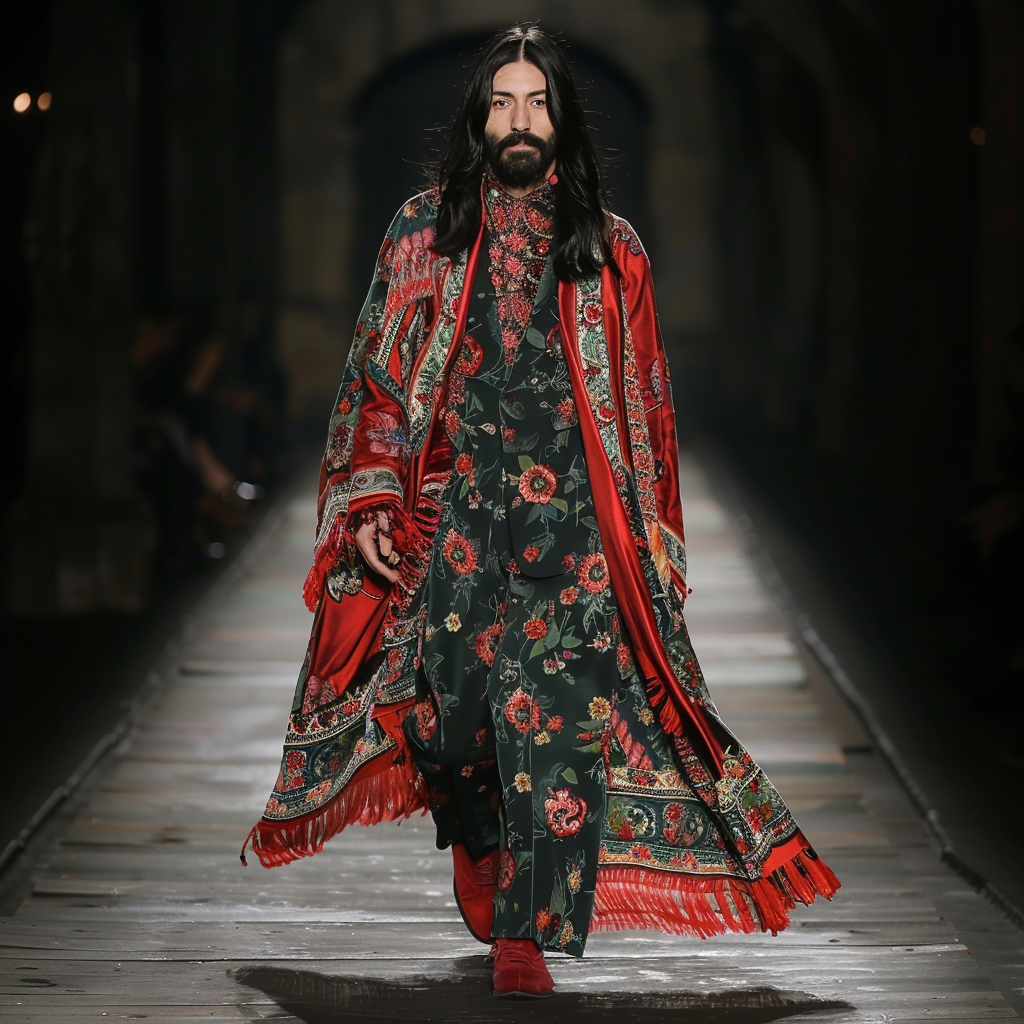Nowadays we scrutinize more and more what the foods we eat are made of, so why not have this same requirement for what we wear on a daily basis. More and more brands are also taking initiatives to try to transform the way they manufacture and use more environmentally and socially sustainable materials.
The production of raw materials alone accounts for 38% of the fashion industry's total emissions ( source: GFA and McKinsey&Co ). Fashion has long relied on the same list of materials including: wool, cotton, leather and polyester, nylon. Now, we are talking more about recycled fabrics, biotextiles, and many other innovative processes.
Marine leather
Whether it's salmon, bass, trout, carp, sea bass, the choice around fish leathers is very wide. This leather comes from waste from the food industry and therefore falls within the perspective of the circular economy: “nothing is lost, everything is transformed”.
This new kind of textile can be tanned in a mineral, organic or vegetable way, so you won't find toxic residues in the bag, the jacket, or the shoes...
The brands have thus taken the plunge, in particular Courrèges during the spring-summer 2020 fashion shows with a pirarucu (Amazonian fish) leather jacket and a white bag of the same material.

The mycelium, another alternative to leather
Mycelium refers to the root of mushrooms. It has many advantages because we do not use pesticides and chemicals and the amount of water used is limited so it is much more respectful of the environment. Its advantage is that you can only use what is necessary, so there is no waste, and its recycling method is just as simple: it is biodegradable.
Among the designers who have adopted this innovation, we have without surprise Stella McCartney and her mushroom leather Mylo, used for her mythical Falabella bag.

Econyl, the alternative to nylon
Econyl is the eco-friendly version of nylon. Much more respectful of the environment, this material is made from plastic waste and recycled nylon fishing nets which have often been drawn from the seas.
It is a real alternative for items whose natural materials are difficult to find during design: swimsuits, sportswear and other creations that require resistance and elasticity. Econyl is also a recyclable material and therefore avoids further pollution of the oceans.


